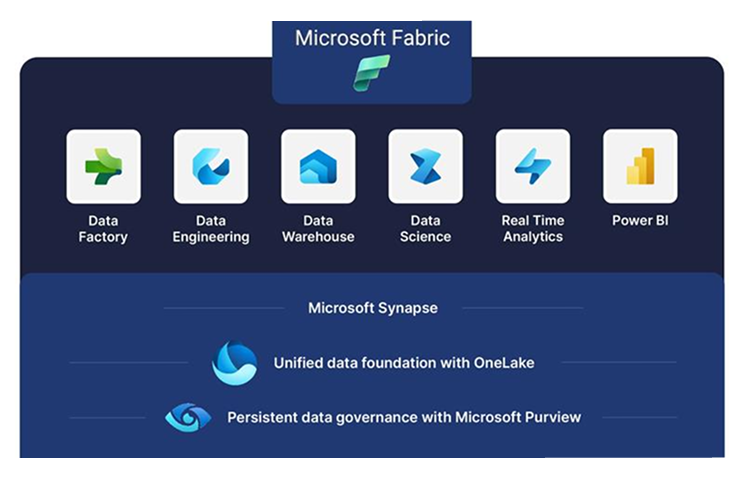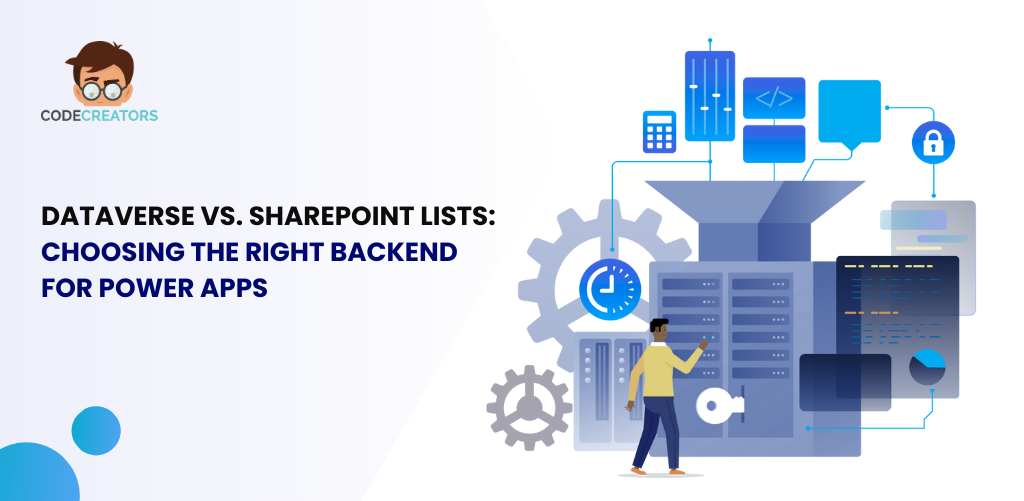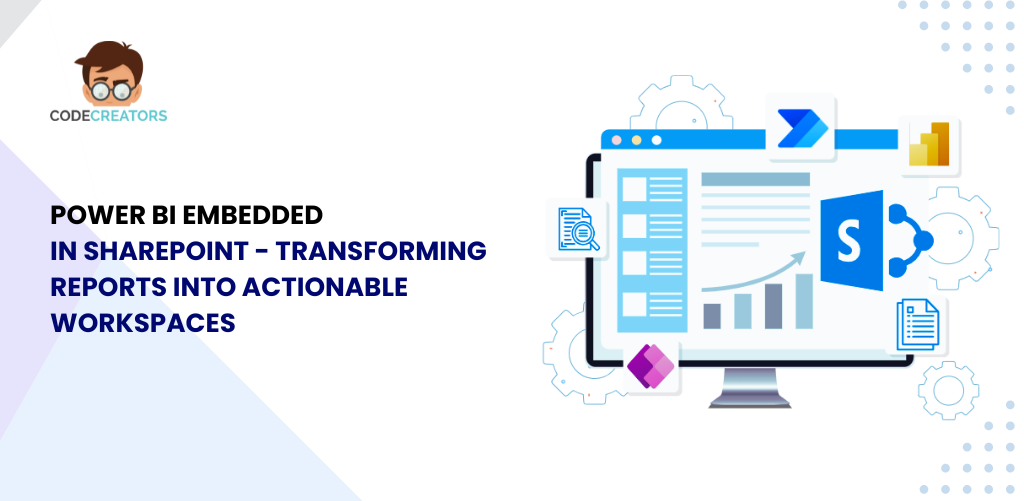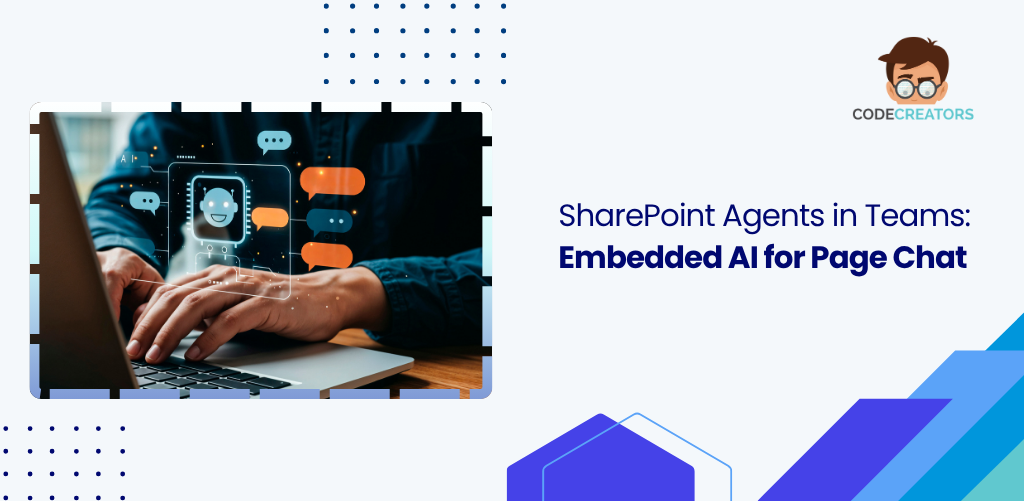Unlocking the Potential of Power Apps and Microsoft Fabric Integration via OneLake Access
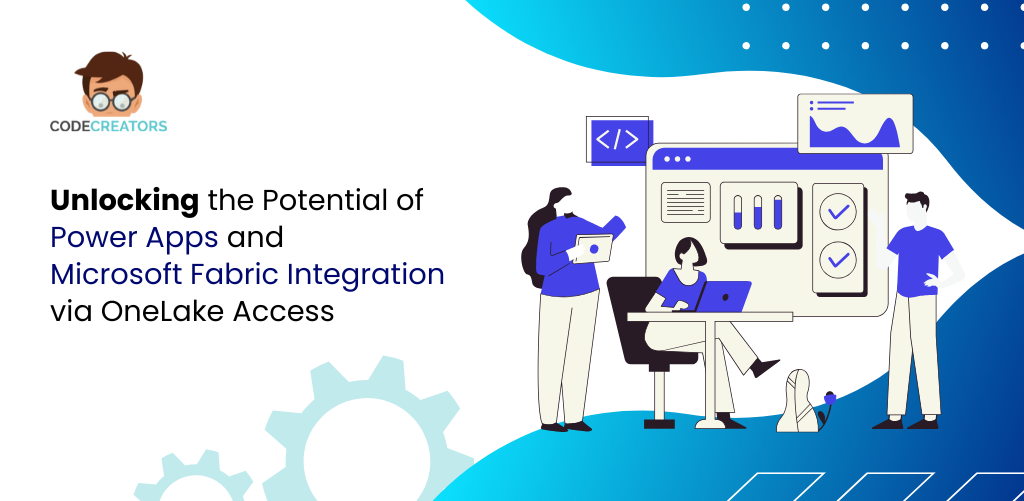
Bridging Power Apps with Microsoft Fabric through OneLake
In today’s data-driven landscape, seamless connectivity between applications and data sources has become a top priority for businesses building modern, low-code solutions. Microsoft’s recent integration of Power Apps with Microsoft Fabric through OneLake access marks a significant advancement in this area. By allowing Power Apps to read and write directly to OneLake—Fabric’s unified data lake—organizations can now streamline app development, improve data governance, and unlock real-time insights like never before.
This blog explores how OneLake access bridges Power Apps with Microsoft Fabric, how the integration works, what the new APIs offer, and what it means for app developers and business users looking to accelerate productivity and innovation in the Microsoft ecosystem.
Understanding the Key Components: Power Apps, Microsoft Fabric, and OneLake
To appreciate the significance of this integration, it’s essential to understand the three core components involved:
Power Apps is Microsoft’s low-code platform that empowers users to create business applications quickly, often without deep programming knowledge. It’s widely used for automating workflows, managing data entry, and integrating various business processes.
Microsoft Fabric is a modern, unified data platform that consolidates multiple data workloads—data engineering, data science, analytics, and governance—into a single SaaS platform. It serves as a central place for managing enterprise-grade data architecture.
OneLake, also known as OneLake for Microsoft Fabric, is a unified data lake built into the Microsoft Fabric platform. It offers a single, logically organized storage layer for all data workloads, simplifying the management of structured, semi-structured, and unstructured data.
The integration of Power Apps with Fabric via OneLake ensures that the low-code apps built in Power Apps can natively interact with data hosted in Fabric, enhancing performance, accessibility, and compliance.
What’s New: APIs and Connectors for Seamless Data Movement
The latest update introduces new APIs and connectors that act as bridges between Power Apps and OneLake. These tools allow developers to:
- Access OneLake directly from within Power Apps.
- Read and write to Delta Tables stored in OneLake.
- Use Microsoft Dataverse connectors that now understand and operate over Fabric-integrated datasets.
With these APIs, the developer experience becomes more unified, and the boundary between app development and data infrastructure is significantly reduced. For example, a Power App can now retrieve analytics-ready data from OneLake in real time or input user-generated data directly into a Fabric-compliant table, which can then be analyzed using Power BI—all without duplication or intermediate data staging.
Real-World Use Cases: Power Apps Empowered by Fabric
The integration between Power Apps and Fabric opens up new possibilities across multiple industries. Here are a few examples:
- Retail & Inventory Management: A store manager can use a Power App to update real-time stock data, which is directly written to OneLake. This data can then be used by Power BI dashboards for demand forecasting.
- Healthcare & Patient Records: A low-code form in Power Apps can capture patient visit details and push them into a secured Delta Table in OneLake, where further analysis for treatment effectiveness or billing can be performed.
- Finance & Risk Management: Risk analysts can build applications that pull real-time financial metrics from OneLake datasets, providing more accurate credit scoring or fraud detection models.
Each of these scenarios benefits from low-code agility and enterprise-scale data reliability in a single ecosystem.
Unified Governance and Compliance Through Fabric
A major concern in any enterprise-grade data solution is governance—ensuring that data access is secure, policies are followed, and compliance is maintained. This is where Microsoft Fabric’s integration really shines.
When Power Apps writes to OneLake, the data automatically inherits the same governance policies applied through Microsoft Purview. This includes:
- Row-level and column-level security.
- Data classification and sensitivity labeling.
- Lineage tracking for all transformations and access patterns.
Because the integration is built into the Microsoft ecosystem, there’s no need for additional tooling or custom policies. Organizations can rely on their existing Microsoft 365 identity and role management strategies for app-level security as well.
Performance Benefits: Real-Time, Scalable, and Cloud-Native
Traditional Power Apps that rely on external databases often suffer from performance delays due to API throttling, refresh cycles, or data duplication. By directly integrating with OneLake, Power Apps now enjoys faster performance for several reasons:
- Real-Time Access: No staging required—data is accessed where it lives.
- Delta Format Support: Power Apps can write to and read from delta tables, which are highly efficient for large datasets.
- Cloud-Native Scalability: As part of Azure and Microsoft Fabric, OneLake benefits from elastic compute and storage scalability.
Whether you’re working with small data inputs or large-scale enterprise systems, the OneLake access model makes Power Apps more responsive and efficient.
Streamlined Development: The Citizen Developer Advantage
One of the most exciting outcomes of this integration is its impact on citizen developers — those who build applications without formal programming backgrounds.
With Power Apps now connected to Microsoft Fabric and OneLake:
- Users can create apps that utilize enterprise-grade data without needing to understand complex ETL pipelines or write SQL scripts.
- Drag-and-drop UI and visual connectors make it easy to bind app fields to OneLake tables.
- Templates and guided experiences simplify building apps that are both powerful and compliant.
This democratization of data not only speeds up digital transformation but also reduces the pressure on IT and data engineering teams.
A Look Ahead: What This Means for the Microsoft Ecosystem
This integration represents more than just technical interoperability—it’s a strategic alignment between two of Microsoft’s most impactful platforms: Power Platform and Microsoft Fabric. It signals a future where:
- Power Apps, Power BI, and Power Automate can all operate over the same unified data store (OneLake).
- Business logic, automation, visualization, and AI can all share a common metadata and governance layer.
- Data silos are eliminated, and business apps become smarter and more context-aware.
In essence, this is Microsoft’s vision of end-to-end low-code and data integration—where no-code apps are no longer limited by fragmented data and where users can act on insights faster than ever before.
Conclusion: A Game-Changer for Enterprise App Development
The direct access to OneLake from Power Apps is a game-changer. It brings together the agility of low-code development and the strength of enterprise data infrastructure, eliminating historical barriers between app builders and data engineers. Whether you’re looking to build a quick form, automate a workflow, or drive real-time insights, the Power Apps and Fabric integration delivers a seamless, secure, and scalable solution.
By connecting your business logic with your analytical backbone, Microsoft ensures that Power Platform and Fabric work not just side-by-side—but hand in hand. Now is the time for organizations to embrace this integration, upskill their teams, and start building smarter, data-powered apps that are truly aligned with modern digital strategies.
At Code Creators, we empower businesses to build smarter, data-driven solutions using Microsoft’s most advanced platforms. Whether you’re looking to harness the full potential of MS Power Apps through seamless integrations or unlock actionable insights with the guidance of a seasoned Power BI consultant, our team is here to help. From low-code innovation to enterprise-grade analytics, we ensure your digital transformation is both scalable and strategic.
As the CTO at Code Creators, I drive technological innovation, spearhead strategic planning, and lead teams to create cutting-edge, customized solutions that empower clients and elevate business performance.
